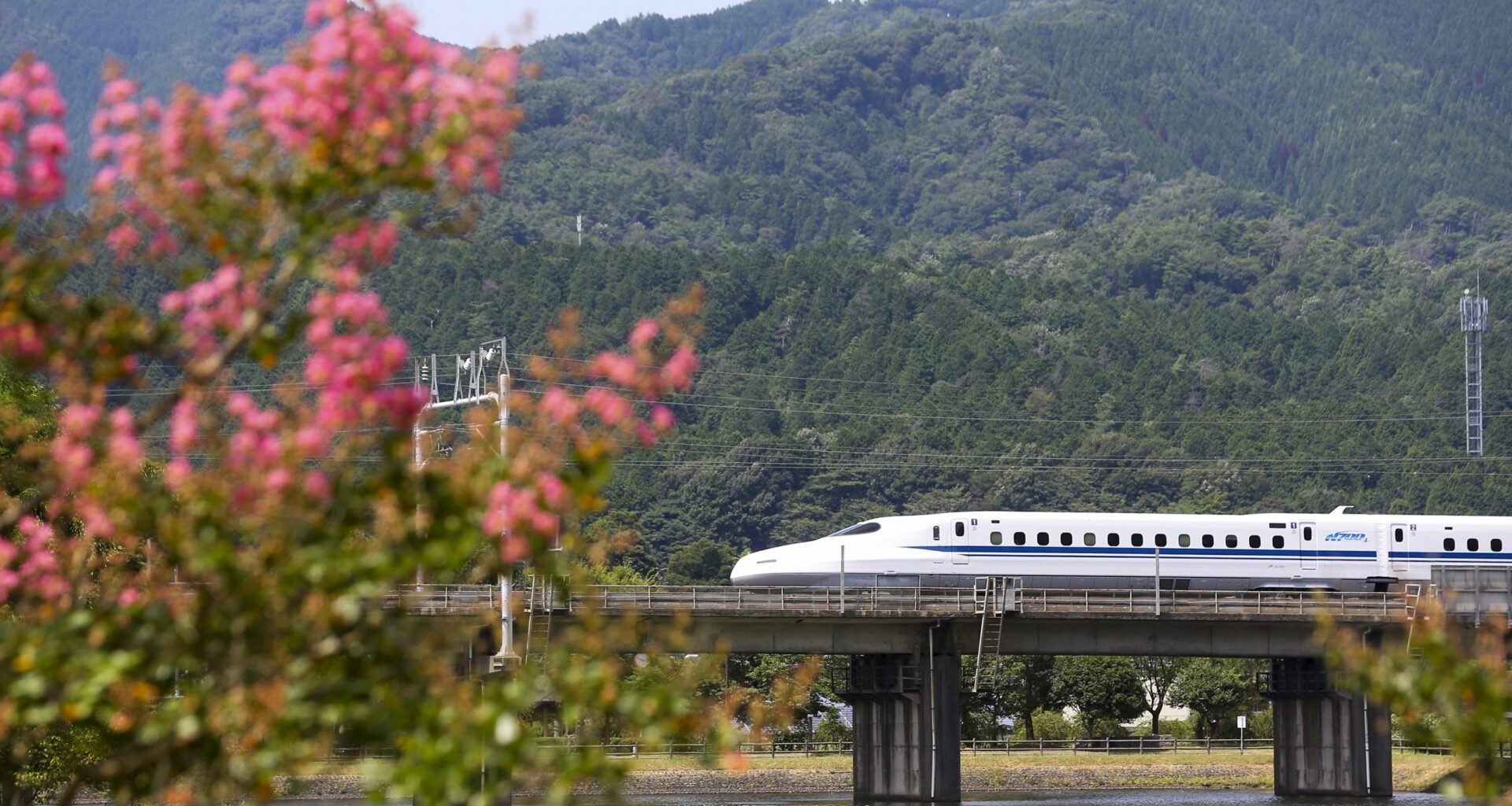Fort Worth and Arlington officials will kick off a joint economic impact study of a proposed high-speed rail route from Tarrant County to Dallas.
Officials anticipate the potential rail benefits for the county’s two largest cities could be massive — if the results are similar to a recently completed Dallas study showing a $5 billion annual impact for a proposed route to Houston.
Fort Worth City Council members approved an agreement with Arlington for an economic analysis of the proposed bullet train. The April 22 agreement calls for Fort Worth to spend up to $75,000, while Arlington will spend $183,750.
High-speed rail is touted as a viable transportation option as the North Texas population is expected to boom to 12 million residents within 25 years. The 4 million new people will likely affect highways the most as more cars would be on roads due to new home and business construction sprawling across the region, including Tarrant County.
The Regional Transportation Council, a 45-member policy group of elected and appointed officials within the North Central Texas Council of Governments, approved a $217.3 billion long-range Mobility 2050 transportation plan June 12 that calls for road, rail and air quality improvements.
Around $97.5 billion will be spent on highway and road improvements, but the plan includes about $59.7 billion for rail and bus improvements as well as $29.8 billion for infrastructure maintenance, among other transit-related operations.
Michael Morris, transportation director for the council of governments, has urged Regional Transportation Council members to consider the effect that bullet trains could have on quickly moving millions of people through North Texas as booming growth continues.
“It certainly is a path forward,” he said.
Dallas economic study
Dallas approved $567,000 for its own economic impact study in 2024.
The study, released by Boston Consulting Group Inc. June 2, said the rail line between Dallas and Houston could bring a $5 billion annual boost to Dallas County’s gross domestic product from 2029 to 2050.
A high-speed rail route — possibly in 2035 — could also provide a substantial reduction of 2.5 million vehicle trips from local roads as well as improving job and educational access.
Estimated ridership is between 3 million and 6.5 million people in the first year of full operations. More than 20,000 jobs would be created for construction and continued rail operations across the state.
A Texas Central Railway representative recently told state legislators that the route between Dallas and Houston could take about six to seven years to build.
Study consultants met with elected officials, developers, community stakeholders and industry experts as part of their analysis. The study looked at the proposed rail alignment near downtown Dallas as well as other options, including a tunnel under the city and using the Trinity Railway Express with elevated speeds.
“It was important that we took the time to study the benefits of high-speed rail for Dallas, and how to do it correctly,” said Dallas Mayor Pro Tem Tennell Atkins, who heads the city’s economic development committee.
The study, he said in a statement, “gives us a much clearer picture of how we can move forward strategically to benefit our residents and help build a better Dallas.”
Fort Worth, Arlington interests
A Fort Worth investment firm involved with Texas Central could help advance the Tarrant County route, which would connect with the Dallas-to-Houston line.
The project is now a private venture after a nearly $64 million federal grant with Amtrak was terminated by President Donald Trump’s administration.
The Texas Central project is led by top investor Kleinheinz Capital Partners Inc. of Fort Worth, which previously said it was “proud to have stepped in as the private sector sponsor of the Texas high-speed rail.”
The project would be capable of transporting passengers at about 140 miles per hour along the 271-mile trek from Houston to Fort Worth.
Fort Worth Mayor Mattie Parker, who proposed an urban rail car system for the city, has said the Tarrant County route would be “an integral part of our transportation future” to benefit Fort Worth, now the nation’s 11th-largest city with more than 1 million residents.
Arlington Mayor Jim Ross has said high-speed rail could be a game changer for the region’s third-largest city, home to an entertainment district that includes Six Flags Over Texas and stadiums for the Texas Rangers and the Dallas Cowboys.
Arlington lacks a transit system but has supported other options that enable residents to transverse the city of more than 400,000.
Ross told RTC members June 12 that Arlington has avoided being a transit agency subscriber because of the lack of regionalization related to local transit options, but urged unity for regional transit options.
The transportation council plans to look at several economic impact studies for high-speed rail once those are completed, Morris told the Report. That will help transportation council members determine what initiatives might be viable for North Texas.
“I think the studies will show that with high-speed rail, there’s a huge, significant impact,” Morris said. “But we’ll wait and see what the reports say.”
Eric E. Garcia is a senior business reporter at the Fort Worth Report. Contact him at eric.garcia@fortworthreport.org.
Disclosure: The Kleinheinz Family Foundation has been a financial supporter of the Fort Worth Report.
News decisions are made independently of our board members and financial supporters. Read more about our editorial independence policy here.
Related
Fort Worth Report is certified by the Journalism Trust Initiative for adhering to standards for ethical journalism.
Republish This Story
Republishing is free for noncommercial entities. Commercial entities are prohibited without a licensing agreement. Contact us for details.
